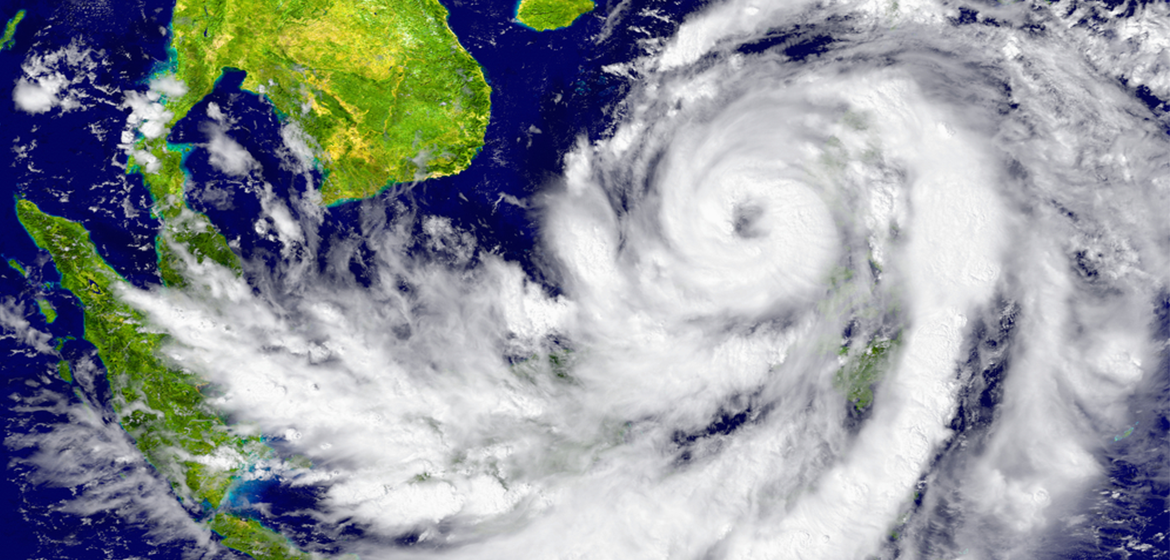From Hurricanes To Tornadoes: How One Can Lead To The Other

Ever wonderd how hurricanes turn to tornadoes and how one can lead to another? Let’s dive into the captivating world of weather phenomena and exploring the intriguing connection between hurricanes and tornadoes. These awe-inspiring natural disasters have the power to leave us in awe and sometimes in devastation. But have you ever wondered how one can give birth to the other? Buckle up as we embark on this meteorological adventure!
Hurricanes: Nature’s Powerhouses
Let’s start our journey by acquainting ourselves with hurricanes. These colossal storms, known as tropical cyclones in other parts of the world, are a force to be reckoned with. With swirling winds exceeding 74 miles per hour, hurricanes can stretch across hundreds of miles and last for days, wreaking havoc along their path. They typically form over warm ocean waters and thrive on the moist, energy-rich atmosphere.
The Birth of a Tornado
Now that we have a good understanding of hurricanes, let’s explore how they can give rise to tornadoes. When a hurricane makes landfall or interacts with certain atmospheric conditions, it can trigger the formation of tornadoes. As the hurricane’s powerful winds and rotating motion interact with the land, they create the perfect environment for tornadoes to develop.
The Interaction: A Recipe for Disaster
As a hurricane moves inland, its circulation encounters changes in the landscape, such as hills, mountains, and even buildings. These obstacles disrupt the flow of air and can create localized areas of intense wind shear, where winds at different altitudes blow in different directions. This wind shear sets the stage for the development of tornadoes.
When the rotating winds of a hurricane encounter areas of strong wind shear, the interaction between the two can cause the rotation to tighten and intensify. This intensification leads to the formation of tornadoes within the hurricane’s outer bands or in the regions where the hurricane’s circulation meets the land.
The Science Behind the Fury
To better understand the science behind this phenomenon, let’s take a closer look at tornado formation. Tornadoes thrive on instability in the atmosphere, which allows warm, moist air to rise rapidly. Within a hurricane, there is an abundance of warm, moist air, providing the necessary fuel for tornado development.
As the hurricane’s rotating winds encounter the unstable air masses associated with land interaction, the conditions become favorable for the formation of supercell thunderstorms. Supercells are powerful, long-lived thunderstorms with rotating updrafts, and they are often responsible for producing tornadoes.
Within a supercell thunderstorm, a mesocyclone forms—a large-scale rotating updraft. This mesocyclone creates a vertical column of rotating air, known as the mesocyclonic circulation. Under the right conditions, this circulation can become more concentrated, leading to the formation of a tornado.
In Conclusion
Hurricanes and tornadoes are formidable forces of nature that capture our attention and ignite our curiosity. Understanding the link between these two weather phenomena provides us with a deeper appreciation for the intricacies of our planet’s atmospheric dynamics. From the birth of a tornado within a hurricane to the impact they can have on communities, these natural disasters remind us of the power and beauty of the world we inhabit.